On Delphi 7 I am running this code with NewAC Audio library. I am having short wav file, 44.100 kHz, mono, 16 bit.
unit Main;
interface
uses Windows, Messages, SysUtils, Variants, Classes, Graphics, Controls, Forms, Dialogs, ACS_Classes, ACS_DXAudio, ACS_Wave, ACS_Misc, ACS_Types, StdCtrls;
type
TForm1 = class(TForm)
AudioProcessor1: TAudioProcessor;
WaveIn1: TWaveIn;
DXAudioOut1: TDXAudioOut;
OpenDialog1: TOpenDialog;
Button1: TButton;
Button2: TButton;
procedure AudioProcessor1GetData(
Sender: TComponent;
var Buffer: Pointer;
var NBlockBytes: Cardinal);
procedure Button1Click(Sender: TObject);
procedure Button2Click(Sender: TObject);
procedure DXAudioOut1Done(Sender: TComponent);
procedure AudioProcessor1Init(Sender: TComponent; var TotalSize: Int64);
procedure AudioProcessor1Flush(Sender: TComponent);
end;
var Form1: TForm1;
implementation
{$R *.dfm}
procedure TForm1.AudioProcessor1GetData(Sender: TComponent;
var Buffer: Pointer; var NBlockBytes: Cardinal);
var Tmp : Integer;
i : Integer;
list1: TStringList;
list2: TStringList;
b1, b2, b3, b4:byte;
si1, si2, si3, si4: ShortInt;
mono: Boolean;
values: array of word;
begin
list1 := TStringList.Create;
list2 := TStringList.Create;
AudioProcessor1.Input.GetData(Buffer, NBlockBytes);
if Buffer = nil then
Exit;
mono := false;
case AudioProcessor1.Input.BitsPerSample of
16 :
begin
B16 := Buffer;
setlength(values, NBlockBytes div 2);
for i := 0 to (NBlockBytes div 4) - 1 do
begin
Tmp := B16[i*2];
move(B16[i*2], b1, 1); // copy left channel
move(B16[i*2+1], b2, 1); // copy right channel
move(B16[i*2+2], b3, 1); // copy left channel
move(B16[i*2+3], b4, 1); // copy right channel
si1 := b1;
si2 := b2;
si3 := b3;
si4 := b4;
list1.add(''+inttostr(si1));
list2.add(''+inttostr(si2));
list1.add(''+inttostr(si3));
list2.add(''+inttostr(si4));
B16[i*2] := B16[i*2 + 1];
B16[i*2 + 1] := Tmp;
end;
end;
end;
list1.free;
list2.free;
end;
procedure TForm1.AudioProcessor1Init(Sender: TComponent; var TotalSize: Int64);
begin
TAudioProcessor(Sender).Input.Init;
TotalSize := TAudioProcessor(Sender).Input.Size
end;
procedure TForm1.AudioProcessor1Flush(Sender: TComponent);
begin
TAudioProcessor(Sender).Input.Flush;
end;
procedure TForm1.Button1Click(Sender: TObject);
begin
if OpenDialog1.Execute then
begin
Button1.Enabled := False;
WaveIn1.FileName := OpenDialog1.FileName;
DXAudioOut1.Run;
end;
end;
procedure TForm1.Button2Click(Sender: TObject);
begin
DXAudioOut1.Stop;
end;
procedure TForm1.DXAudioOut1Done(Sender: TComponent);
begin
Button1.Enabled := True;
end;
end.
When I open the file in editing software I can see the amplitude of the sound and I see that the beginning values are 0. But when I run this program and I add the si1, si2, si3 and si4 to watch (in this order are the variables in watch), so I have these values in first iteration:
80,124,104,32.
I expected that these values should be 0 because there is silence on the begin.
First, may you explain why these are not zero?
Second, I am not sure what these values really represent. I know that si1 and si2 are first sample. But is it really level of the volume? How to correct the program to recognize the silence in the begin?
Tested file -> the section which should be passed to the function as first.
This part is not proccessed (because I processed only few cicles of the first loop):
I did some tests with file "silence plus", amplifications and see the first 8 cicles values.
Another test with word instead byte:
B16 := Buffer;
...
move(B16[i*2], w1, 2);
move(B16[i*2+1], w2, 2);
It really looks like the bits need to swap. I thought that in Windows XP I have little endian bit order. So I will write a swapper.




